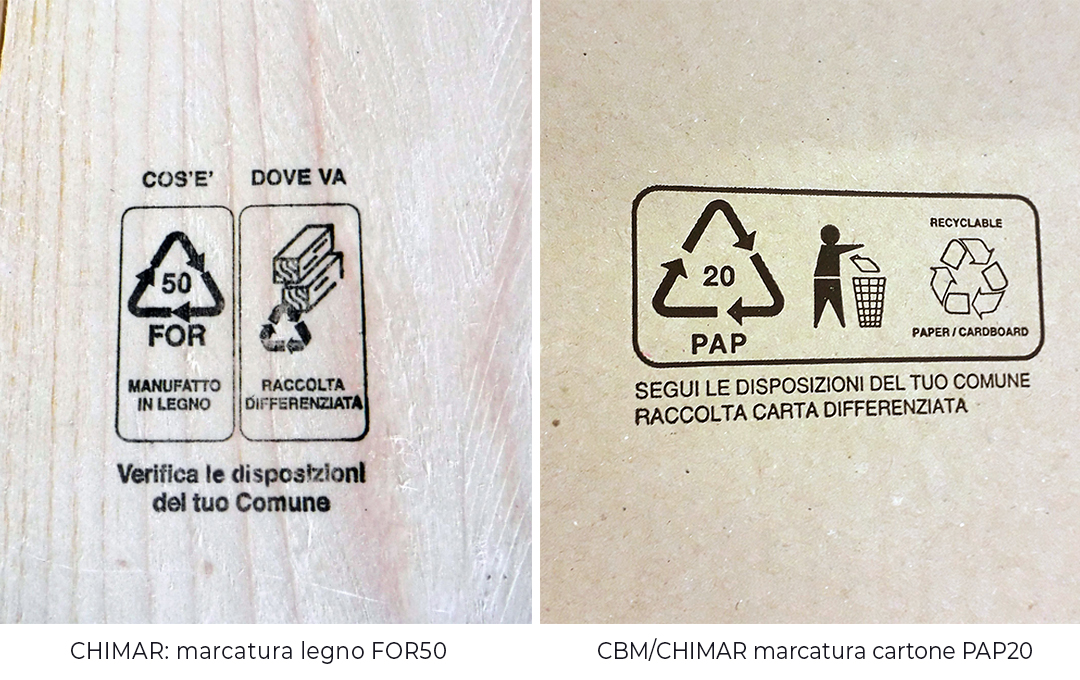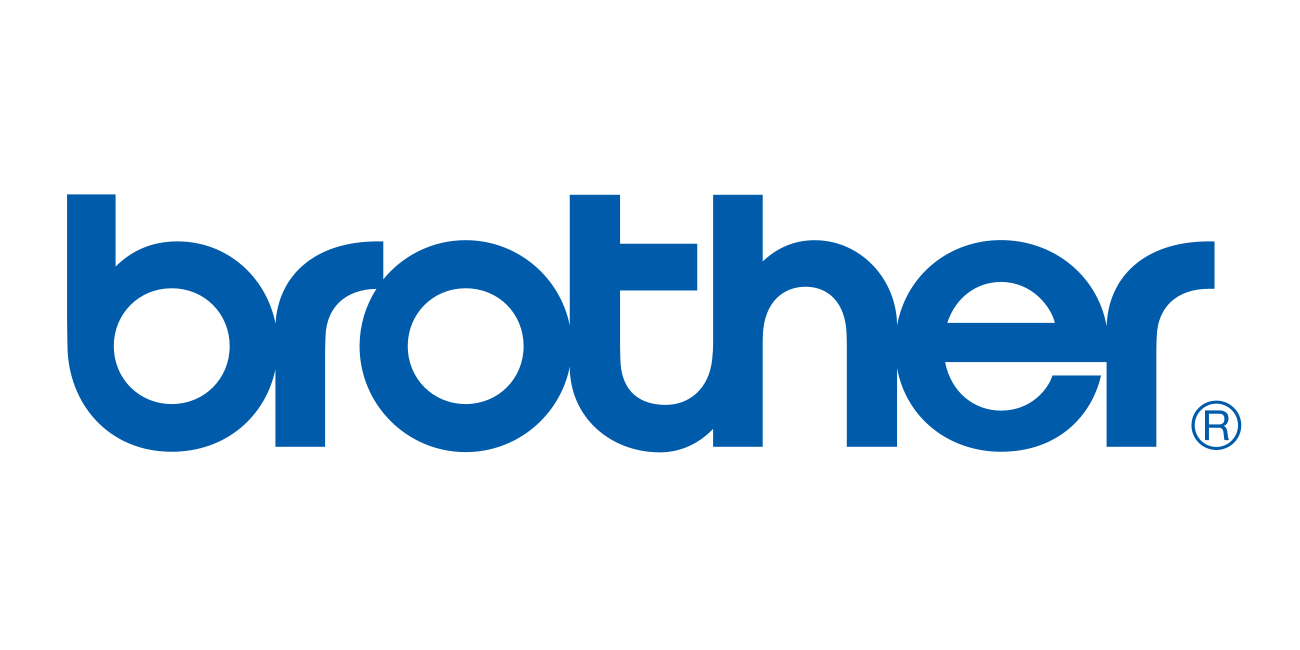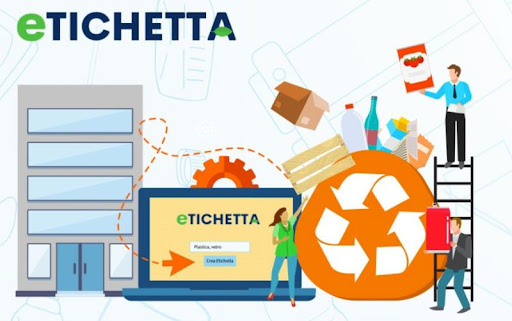Sommario
- 1 What is environmental labeling and what it is used for
- 2 Environmental labeling: regulatory updates
- 3 What is required to be indicated on packaging?
- 4 How and why to prepare proper environmental labeling
- 5 Choosing the right partner for proper environmental labels
- 6 Who is Brother
- 7 Why choose Fastbrain
- 8 Contact us for a free consultation
Environmental labeling is a packaging classification procedure governed by EU and national standards.
Over the past few years, attention to the packaging of products placed on the market has increased considerably; on the one hand, legislators have placed emphasis on the
labeling
as a tool for providing consumers with accurate and detailed information.
On the other hand, the huge amount of multi-material packaging used for packing and handling all kinds of products requires the implementation of appropriate disposal procedures in order to cushion the environmental impact caused by the use of boxes, wrappers, bundles and the like.
This is where environmental labeling comes in; below, let’s look at what there is to know about it.
What is environmental labeling and what it is used for
L’environmental labeling, from a practical point of view, it represents a measure aimed at Incentivize the proper disposal of packaging waste of all types (from primary to final); to this end, producers have a duty to properly label wrappers, providing consumers with all the information they need to properly dispose of waste materials.
Despite this obligation, a study by GS1 Italy’s Immagino Observatory showed the Gap in the sector, with a meager 25.4 percent of food products in large retailers displaying the necessary information about package disposal on the label.
Specifically, the environmental label must first include a statement of compliance with the relevant European standards (EN 13432 or EN 14995), as well as the identification details of the manufacturer and the certifying body. Finally, the labeling should include any instructions addressed to the consumer to enable proper disposal of the packaging such as, for example, indicating the type of material or its composition.
Environmental labeling: regulatory updates
Article 6, paragraph 15, of the Decree-Law Dec. 31, 2020, no. 183 provided that “Until December 31, 2021, the application of Article 219, paragraph 5, first sentence, of Legislative Decree April 3, 2006, no. 152, as amended“.
Accordingly, as of January 1, 2022, the following obligation will come into effect: “all packaging must be properly labeled in accordance with the applicable UNI technical standards and in accordance with the determinations adopted by the Commission of the European Union, To facilitate the collection, reuse, recovery and recycling of packaging, as well as To give correct information to consumers about the final destinations of packaging“.
In contrast, another obligation, enshrined in the second part of the same subsection of LD, remains in force. n. 152/2006, namely, “producers are alsorequired to indicate, for the purpose of packaging identification and classification, the nature of the packaging materials used, based on Commission Decision 97/29/EC.”
Normative references also include the D. Lgs 116/2020, which incorporates the European Directive (EU) 2018/851; Article 1, paragraph 6-b states. packaging must be properly labeled and report “in addition to the mention of compliance with the aforementioned European standards, identifying elements of the producer and certifier as well as suitable instructions for consumers to deliver such waste to the separate collection circuit“.
Contact one of our experts for a free consultation
What is required to be indicated on packaging?
According to the provisions of the law, it is necessary to indicate:
- The nature of the packaging materials used, based on Decision 97/129/EC.
- All components manually separable from the packaging system:
- The alpha-numeric coding provided by Decision 97/129/EC.
In summary:
- On all packaging (primary, secondary and tertiary), manufacturers must indicate the alpha-numeric coding required by Decision 97/129/EC;
- All packaging must be labeled in the form and manner that the company deems most suitable and effectivefor achieving the objective;
- Appropriate wording should also be present on consumer packaging to support its separate collection;
- For plastic packaging made from polymers or combinations thereof not specifically provided for in Decision 97/129/EC, reference can be made to UNI 1043-1for the identification of non-covered plastics, and UNI 10667-1 for identifying and recognizing polymers from recycling. (http://www.progettarericiclo.com/)
Technology can come to our aid, including resorting to digital solutions such as the QRCode printed by the latest generation of labeling machines.
In fact, the QrCode will carry within it all the information “appropriately labeled” in the manner and form that the company deems most suitable and effective, complying with legal obligations.
- Learn how to use QRCode for food traceability.
How and why to prepare proper environmental labeling
The extension to the environmental labeling requirement will enable stakeholders to adapt in time to the regulatory requirements that will take effect soon.
The penalties, set out in Article 261, paragraph 3 of Legislative Decree 152/2006 provide that “Violation of the prohibitions set forth in Article 226, paragraphs 1 and 4, shall be pun ished by afine ranging from five thousand two hundred euros to forty thousand euros .The same penalty shall apply to anyone who places packaging on the internal market that does not meet the requirements of Article 219, paragraph 5.”( Source: all-environment.co.uk/comments-premium/environmental-labeling-packaging-obligations/)
Choosing the right partner for proper environmental labels
From this point of view, it is essential to be able to rely on adequate technological equipment that can meet precise technical and practical requirements. The Brother labeling printers in the Fastbrain store represent a wide range of choices from which to draw in order to identify the best technology solution for specific labeling needs.
Properly implementing environmental labeling of packaging allows not only to comply with legal obligations but also to avoid administrative penalties as a result. The procedure also provides several management benefits such as, for example, speeding up the disposal of waste by various supply chain actors as well as making it easier for end consumers to deliver waste packaging as part of separate collection.
Brother solutions featured in the FastBrain store offer wide choice of different models of food safety-compliant labeling machines capable of printing clear and durable labels with the use of thermal technology requiring neither ink nor toner, with favorable purchase terms and targeted service and maintenance options.
discover all brother products
Who is Brother
“By your side” is the philosophy of the Brother Group. Present in more than 100 countries with the goal of continuing to expand the offering of printing and scanning solutions: desktop and mobile; labeling; and print fleet optimization and monitoring software solutions.
We are Brother Certified Commercial Partner, helping our Customers find the solutions that best meet their needs.
Brother Certified Commercial Partners are the most reliable, knowledgeable and qualified Brother dealers in the printing industry, authorized to advise and sell all Brother products and solutions.
Why choose Fastbrain
Fastbrain Engineering S.r.l. Certified Partner of leading technology players, including Brother, Lenovo, Synology, offers customized purchasing solutions tailored to the needs of professionals. It offers, in addition, pre- and post-sales support, including operational rental.
We are a central player in ICT wholesale distribution and one of the leading players throughout the country in the IT and technology product distribution market. A key feature and competitive advantage is the selection of top brands and leading products in the most popular product categories.
Info:
info@fastbrain.it
| Tel 011.0376.054


